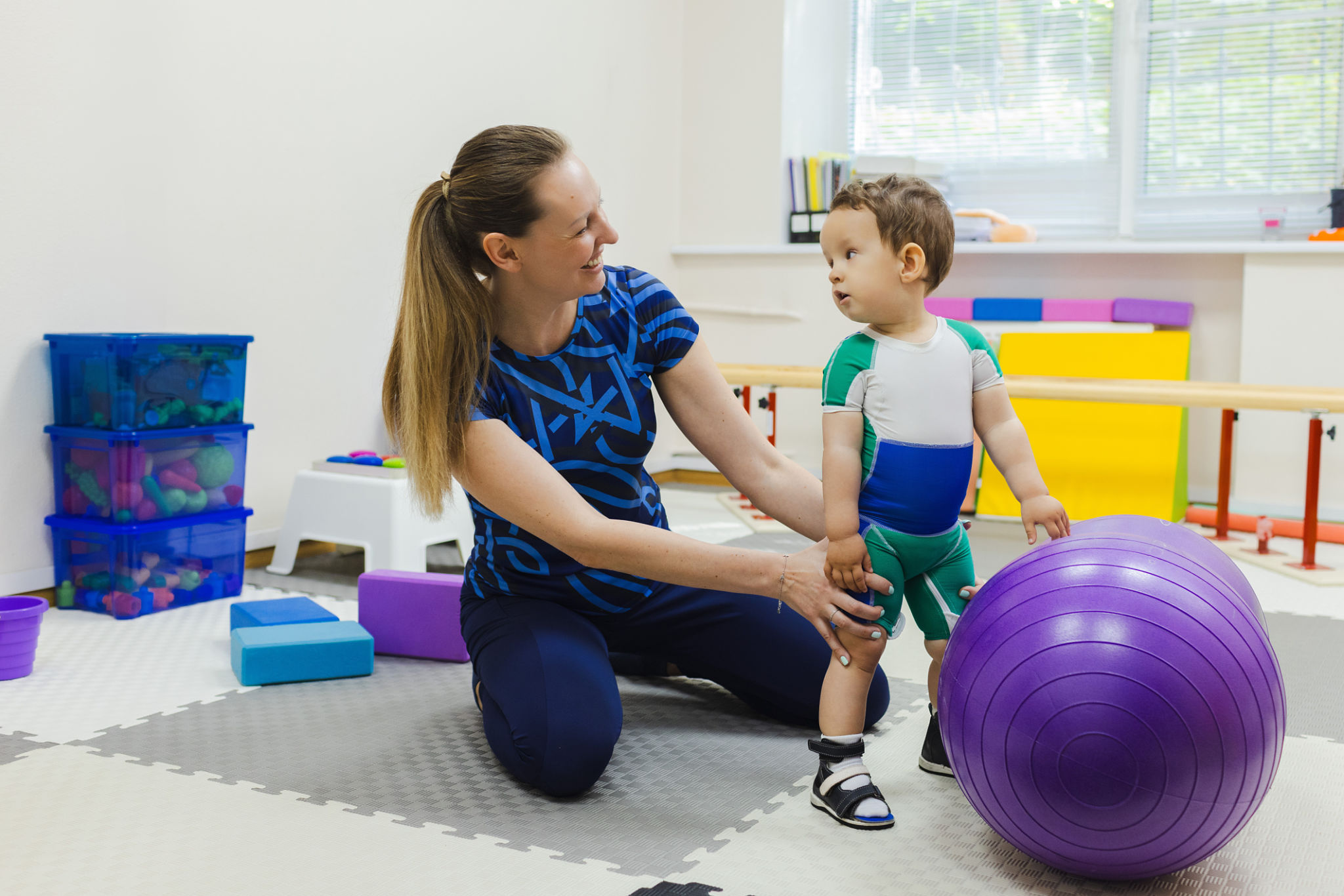Creating Customized ABA Therapy Plans for Your Child: A Collaborative Approach
Understanding ABA Therapy
Applied Behavior Analysis (ABA) therapy is a widely recognized approach for helping children with autism spectrum disorder (ASD) and other developmental conditions. It focuses on improving specific behaviors, such as social skills, communication, reading, and academics, as well as adaptive learning skills like fine motor dexterity, hygiene, grooming, and domestic capabilities.
The key to successful ABA therapy is customization. Each child is unique, and their therapy plan should reflect their individual needs and strengths. By creating a personalized ABA therapy plan, therapists can address the specific challenges faced by the child and work collaboratively with families to achieve meaningful progress.

The Importance of Collaboration
Effective ABA therapy plans are built on collaboration between therapists, parents, and sometimes even educators. This team approach ensures that everyone involved in the child's development is on the same page and working towards common goals. Collaboration allows for the sharing of insights and strategies that can be beneficial in different environments, from home to school.
Parents know their child best and can provide valuable input on what works at home or in everyday situations. Their involvement is crucial in the development and execution of an ABA plan. Regular meetings and open communication between all parties can help adjust the plan as needed and track progress over time.
Identifying Goals and Objectives
The first step in creating a customized ABA therapy plan is identifying clear goals and objectives. These should be specific, measurable, achievable, relevant, and time-bound (SMART). Goals might focus on areas such as improving social interactions, reducing problematic behaviors, or enhancing communication skills.

Setting these objectives requires input from both the therapist and the parents. The therapist can provide professional insights into what might be realistically achieved within a given timeframe, while parents can highlight priority areas based on their child's daily life and needs.
Designing Interventions
Once goals are established, the next step is designing interventions that align with these objectives. Interventions are strategies or techniques used to teach new skills or reduce unwanted behaviors. They can include positive reinforcement, task analysis, modeling, and more.
Each intervention should be tailored to fit the child’s specific needs. For instance, if a child struggles with communication, interventions might focus on using visual aids or sign language to support verbal communication. It's important to review these interventions regularly to ensure they are effective and adjust them as necessary.

Monitoring Progress
Ongoing assessment is a critical component of any ABA therapy plan. By continually monitoring a child's progress, therapists can determine if the interventions are effective or if adjustments need to be made. Progress can be tracked through data collection during therapy sessions and by noting changes in behavior at home.
This data-driven approach allows for evidence-based decisions about modifications to the therapy plan. Incorporating feedback from parents about how strategies are working in real-life situations can also provide valuable insights into the child’s development.
Celebrating Successes
Finally, it's important to celebrate successes, no matter how small they may seem. Positive reinforcement is not only a key component of ABA therapy but also a motivator for both children and their families. Recognizing achievements fosters a positive atmosphere and encourages continued effort and engagement from the child.
By working together to create a customized ABA therapy plan, families and therapists can support the child in reaching their full potential. Through collaboration and personalized strategies, children can develop essential skills that enhance their quality of life.
